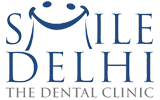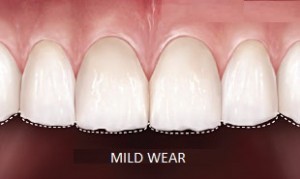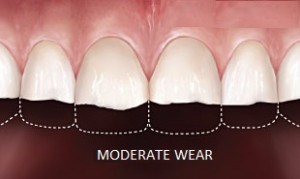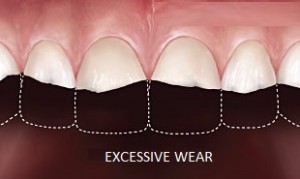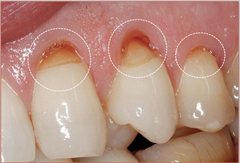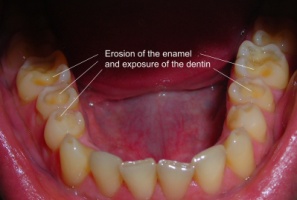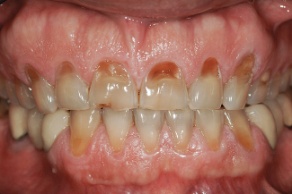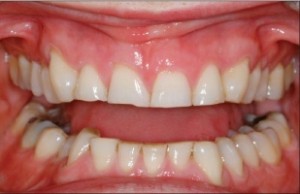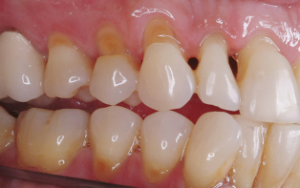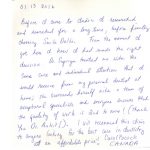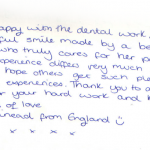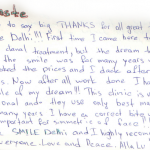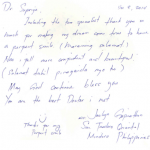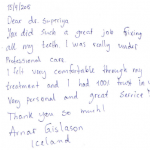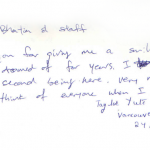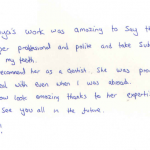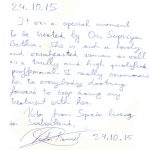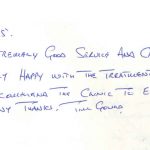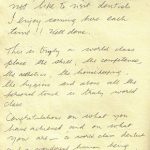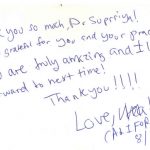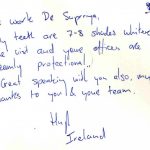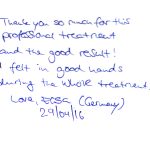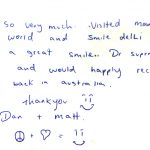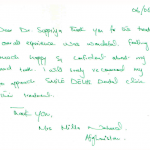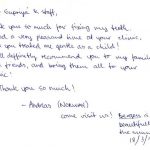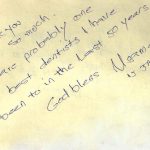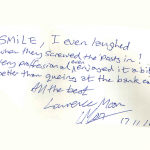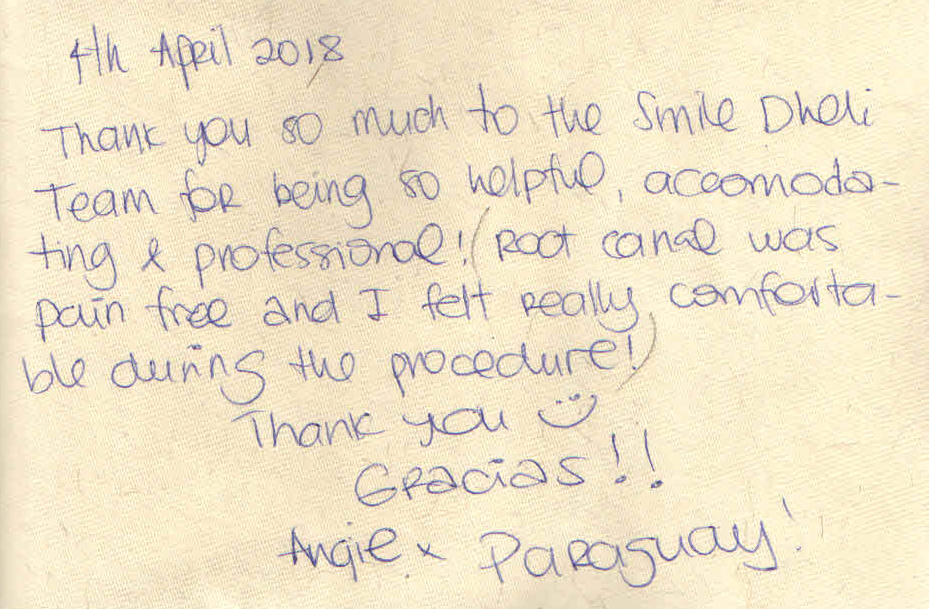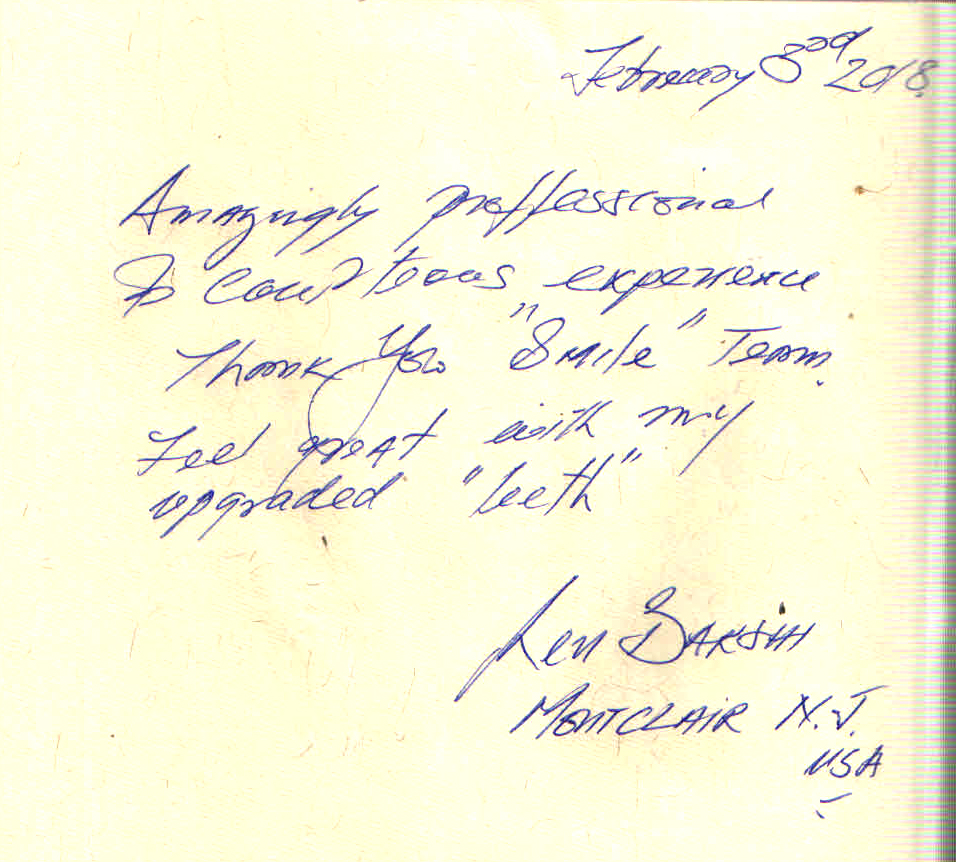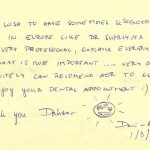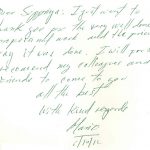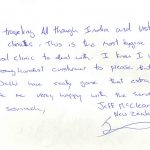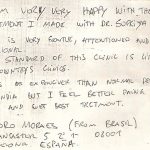Are Your Teeth Wearing Out Continuously?
Tooth wear is the irreversible loss of tooth surface. The term used to describe the progressive loss of a tooth’s surface due to means other than those which cause tooth decay or dental trauma. As people age there is a certain amount of wear and tear that occurs and is considered normal but pathologic tooth wear is wear that occurs beyond the scope of what is considered typical. The resulting structural loss can harm appearance, impair function and chewing ability of an individual and can cause sensitivity and pain if tooth wear exposes the nerve or when natural reparative processes, such as remineralization, are no longer sufficient to protect the tooth.
Traditionally tooth decay and gum disease have been the main risks to teeth but increasingly perfect teeth are wearing down or dissolving away .The damage can also become costly and complex to repair.Dentists in Delhi are providing systematic full mouth rehabilitation treatment plans for generalized tooth wear in patients. Tooth wear is a very common condition that occurs in approximately 97% of the population.
Wear processes are implicated in the development of dentine hypersensitivity. Saliva confers the major protective function against wear due to its role in pellicle formation, buffering, acid clearance, and hard tissue remineralization. But saliva can modulate erosive/abrasive tooth wear through formation of pellicle and by remineralisation but cannot prevent it.
Teeth wear increases with age. For all age groups, males had a higher prevalence of tooth wear than females. It is sometimes difficult to determine the type of tooth wear present because different types frequently occur together.
The amount of tooth wear seen currently is considerably greater than in the past due to the fact that more people are now retaining their natural teeth into old age.
Tooth wear is majorly the result of three processes- Attrition, Abrasion and Erosion. These forms of tooth wear can further lead to a condition known as Abfraction where by tooth tissue is ‘fractured’ due to stress lesions caused by extrinsic forces on the enamel. Tooth wear is a complex, multi-factorial problem and there is difficulty identifying a single causative factor. However, tooth wear is often a combination of the above mechanisms.
Abrasion and attrition are sources of physical wear commonly associated with tooth brushing and tooth-to-tooth contact, respectively. A further process (abfraction) might potentiate wear by abrasion and/or erosion. A combination of erosion and abrasion or attrition exacerbates wear.
Abrasion
Abrasion is the progressive loss of hard tooth structure caused by mechanical actions from a foreign element (rubbing or scraping) other than mastication or tooth-to tooth contacts. Abrasion is commonly associated with incorrect or overzealous toothbrushing with hard bristle toothbrush, abrasive toothpastes giving rise to notching at the junction of the crown and root of teeth. It will also be seen in individuals who use their teeth as a tool (e.g., to remove bottle tops, to hold pins, clips, frequently putting foreign objects such as pen or nail biting). When abrasion is caused by a particular habit such as biting pencils or a lip piercing the pattern of notching or chipping will correspond to the habit or it can occur anywhere that the foreign object rubs on the teeth. Abrasive wear may be seen in a wide range of patients.
The signs of dental abrasion may include:
- Grooves, notches, cracking and chipping of teeth will appear
- Frequently recession of gum tissue and notching of the tooth root
- The pattern of the wear will match the causative factor or habit
- Teeth may be painless or sensitive depending on the rate of wear
- It tends to present as rounded ditching around the gum margins of teeth, commonly described as ‘shallow’, concave, V or wedge shaped notches
Erosion
Erosion is the progressive loss or dissolution of tooth substance (enamel) by chemicals or acidic substances, and no bacteria are involved. If unchecked, will progress to irreversible loss of surface tissue, potentially exposing the underlying layer of dentine. The acid dissolves the calcium in the tooth .Sources of acid attack in the mouth is dietary, gastric or occupational. Erosion of tooth surfaces is mostly the results of too frequent or inappropriate use of carbonated drinks (including sparkling water), fruit juices with high levels of acidity, excess alcohol and frothing or swishing acidic drinks around the mouth increases the risk. This habit would appear to be particularly common amongst teenagers and young adults. Erosion is also a problem in individuals who suffer from stomach acid during the digestive process which is sufficiently powerful to dissolve any food, including bone and teeth(e.g. gastro esophageal reflux disease, hiatus hernia, heartburn) or from certain eating disorders (e.g., anorexia, bulimia). In addition, risk of erosion is high in individuals with a low “unstimulated” salivary flow rate. Vomiting due to morning sickness and a number of medications such as vitamin C, aspirin and some iron preparations are also acidic and may contribute towards acid erosion.
Every time acid touches the surface of your teeth the enamel becomes softer and loses some of its mineral content. Your saliva will slowly neutralize the acid in your mouth and restore it to its natural balance. However, if the acid attack happens too frequently, the teeth do not have a chance to repair themselves and tiny particles of enamel can be washed or worn away. Minerals dissolve from the tooth surface and like a cliff face with a tide moving in and out, eventually collapses lost forever.
The presence of acid is not the only way in which the wear of enamel occurs. Another mechanism is called chelation. The type of acid, calcium chelating properties, and temperature and exposure time are factors that determine the amount of erosion that occurs. The lower the pH of a product, the more acidic it is but products such as citrus fruits appear worse as they bind (chelate) more calcium from the tooth. Hence orange juice is actually worse than cola.
Any food or drink with a pH lower than 5 may cause tooth wear and tooth sensitivity.
The signs of dental erosion may include:
- lesions are sharply defined, wedge-shaped depressions, usually in the facial and cervical areas
- teeth appearing yellow (due to darker dentine showing through thinning outer enamel)
- teeth appearing glazed and smooth (due to the tooth surface being worn away)
- front teeth edges becoming square, transparent and chipping
- chewing surfaces of back teeth showing smooth, concave craters
- teeth becoming sensitive to hot, cold or sweet food and drinks
Other factors that contribute to erosive tooth wear include:
- A dry mouth, which increases the risk of damage from acid attack
- Erosion often coexists with dental abrasion. Abrasion is most often caused by brushing teeth too hard and exacerbates erosion if the tooth surface is already softened by acid
- Grinding of the teeth can worsen erosion
Attrition
Attrition is the progressive loss of hard dental tissue through physical tooth-tooth contact caused by mastication or grinding between opposing teeth. The extent of attrition will depend upon the use to which an individual puts their teeth. It occurs when opposing teeth surfaces contact for long periods of time and with higher pressures than normal. For example, it will increase in people who habitually clench or grind their teeth (a condition known as bruxism), e.g., during sleep or by a bad bite and therefore so many people are totally unaware of it. Others notice that they clench when tense or when doing certain activities. It is often painless and as tooth wear progresses very gradually it is easily overlooked. It will also tend to be more pronounced in people who eat a particularly fibrous diet. It is limited to the contacting surfaces of the teeth.
The signs of dental attrition might include:
- The back teeth become flatter, and the front teeth become shorter with flat angular edges and cusps
- Wear facets that match perfectly with a corresponding facet in the opposing arch of teeth
- Yellowing of the tops of teeth as enamel wears through to underlying softer dentine
- Increasing tooth wear especially combined with Erosion and Abrasion
- Chipping and cracking of teeth and restorations
- Severe attrition of the front teeth will have a disfiguring effect on the face. It may infrequently cause sensitivity to sweet, hot and cold food and drinks.
- A white line may appear in the cheek or indentations on the sides of the tongue adjacent to the biting surfaces.
Abfraction
Abfraction is loss of tooth structure leading to minute flexure of teeth that causes tiny fractures in enamel and dentin. Stress that leads to tooth flexure can be caused by chewing or by tooth grinding where the enamel is thinner and therefore is prone to fracture. Some patients may experience cold and touch sensitivity, like an electric shock when the neck of the tooth is touched by a finger nail. This is because the neck of the tooth flexes and cracks with excessive forces which together with erosion and abrasion can create a wedge like lesion. These areas of wear and tooth loss typically occur as a triangular lesions or notches at the cervical margins (gum line level) of the buccal surface of the tooth and are more commonly now referred to as non-carious-cervical lesions.
Prevention
All tooth wear is likely to be multifactorial while it is not entirely preventable, it can be slowed down considerably. To minimize the risk-
- Eat a well balanced diet, foods that act as a buffer by neutralising saliva pH more quickly (eg. dairy products contain a protein called casein which protects teeth from acid). Reduce the amount of acidic and sugary foods and drinks. Try to limit snacking so that acidic foods and drinks are at mealtimes only.
- Reducing the frequency of drinking carbonated drinks and fruit juices with high levels of acidity is the key to preventing erosion of the teeth. Toothbrushing should be avoided immediately after consuming acidic drinks and foods for a period of time (at least 30 minutes), as the acid softens the tooth enamel making it susceptible to damage from brushing. Attrition is a slow-progressing condition and many people will only be made aware of the damage to their teeth on visiting the dentist.
- Abrasion can be reduced by adopting a correct toothbrushing technique. In particular, the toothbrush should be held using a pen-grip and vigorous horizontal scrubbing actions with a hard toothbrush should be avoided. Switching to a softer toothbrush, and avoiding toothbrushing after an erosive challenge to allow the acquired pellicle to provide protection.
- Teeth should not be used as a tool to grip or hold items. Long-term use of tongue jewellery should be avoided as it also causes tooth abrasion, when the jewellery is hitting against the teeth. Toothpastes vary in their level of abrasiveness, whilst abrasives help to remove tooth stain they may also contribute to tooth wear. Those concerned about tooth wear could seek less abrasive fluoride toothpaste. Fluoride toothpastes also help to combat tooth wear, specifically erosive tooth wear, as the availability of fluoride promotes the formation of a calcium flouride layer.
- Avoid holding or ‘swishing’ acidic drinks around the mouth as this increases the likelihood of tooth decay and tooth wear. Use a straw whenever possible as this minimizes exposure of the drink to your teeth.
- Drink plenty of water frequently throughout the day, especially if exercising and avoid caffeinated beverages, as caffeine causes dehydration.
- Have treatment for any underlying medical conditions like GERD, hiatus hernia, heartburn, anorexia, bulimia etc. Perhaps use a neutralizing agent such as antacid tablets.
- Attrition can be avoided by reducing the excessive use of chewing gum.
- If you are aware of consciously clenching your teeth together, try to reduce this habit. This could be due to tension, bite discrepancies or habits. In the case of bruxism, treatment may require the wearing of a bite guard during sleep.
- Applying a remineralising paste after meals and before bed as advised by the dentist. Apply with a finger and leave this on the teeth without rinsing.
- Treatments may include the application of fluoride, which has been found to be especially beneficial at early stages of erosion, but not completely restorative. Toothpaste formulated with stannous fluoride, is a particularly effective agent in the prevention of dental erosion, due in part to its ability to deposit a stannous-containing barrier layer onto the tooth surface during brushing. Ability of the SnF2 to retain on the treated tooth surfaces for a significant amount of time after treatment helps provide enhanced protection to these surfaces against erosive acid attack.
- The use of saliva-stimulating lozenges or medications, the application of neutralizing strategies and calcium phosphate or hydroxyapatite containing products, and the use of adhesive restorative materials or minimally-invasive composite fillings to protect the affected regions might also prove to be helpful at reducing the progression of dental erosion.
- Once tooth wear has resulted in the outer enamel to wear away, the softer inside part of the tooth, dentin, begins to wear away at a faster rate. Dentin is about 6 times softer than enamel so the rate of wear typically speeds up in amount and rate over time. The loss of the enamel and the resulting sensitivity of the exposed dentin can be attended to in the following ways: Small areas of erosion can be desensitized by your dentist and larger areas of exposed dentine can be repaired by bonding a tooth colored filling material to the tooth or a replacement crown can be fitted over the entire tooth, where the erosion has led to a large breakdown of tooth structure, thus reconstructing the lost tooth structure. Often times crown lengthening procedures are necessary in addition to crowns because as the tooth is worn away, it continues to erupt, pulling the gums and bone with it. If not corrected, inadequate tooth remains to restore correctly and esthetics are compromised.
Dentists in Delhi and Dentists in India are regularly doing treatments for the various types of tooth wear.
In fact in reputed dental clinics in Delhi, like Smile Delhi-The Dental Clinic, patients requiring full mouth rehabilitations are coming from other countries (as part of dental tourism) to get their entire rehabilitation done.
Posted By – Dr. Shriya
